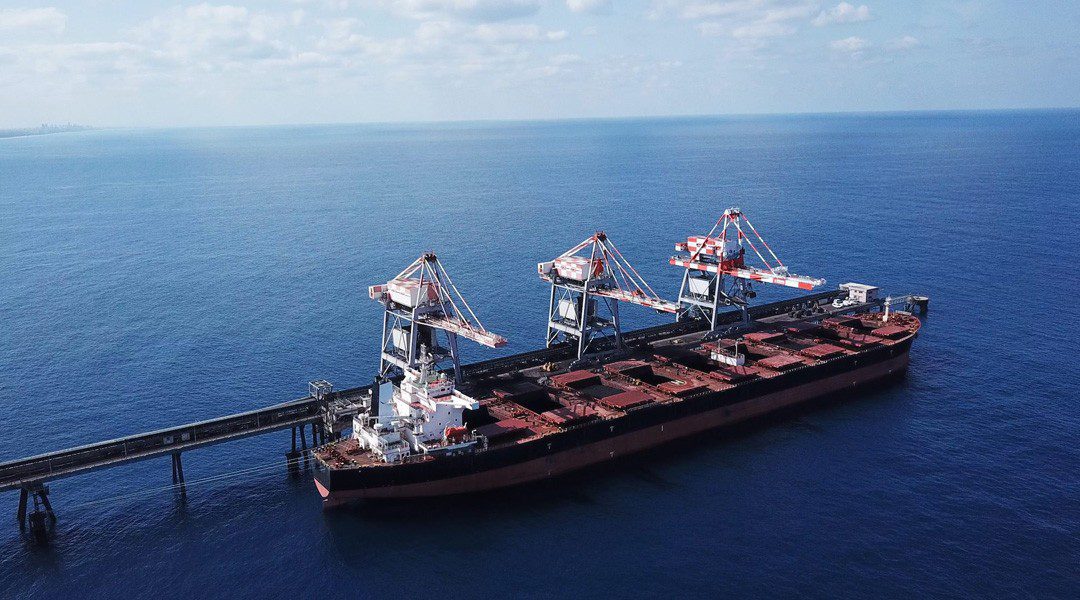How the scrubber market will evolve as part of the carbon capture market
CR Ocean Engineering (CROE) consultant Nicholas Confuorto explains, “What we have learned about carbon capture is that, for ships burning traditional fossil fuels, the exhaust gas needs to be cleaned before entering the CO2 capture step. Cleaning gas is what scrubbers presently do on many applications and that role can be extended to include the new carbon capture and storage (CCS) applications as prescrubbers. Therefore, I anticipate the scrubber market to evolve to include pretreatment for CCS in addition as being used to meet Marpol sulphur regulations. Some scrubbers may require improvements in SOx and PM collection efficiencies before being used as prescrubbers.”
CROE is presently selling its scrubbing systems not only to reduce emissions from the use of heavy fuel oil, but also as a prescrubber for future CCS. Mr Confuorto explains, “For ships burning fossil fuels, before CCS, a prescrubber will be necessary. The prescrubber will need to remove SOx and PM to a level higher than presently required by IMO. CROE has been working on improvements for its scrubbing systems that will allow them to improve the reduction of both large and fine particulate matter. Additionally, the system is already capable to removing nearly all of the SO2 when required.”
He says CROE is in the initial phases of developing CCS capabilities. No other detail can be provided at this stage.
The company is also trialling its WES technology on a ferry. The trial is ongoing and data will be available when the programme is completed.
Homing in on how scrubbers are doing in the container ship sector, Mr Confuorto says, “Scrubbers will continue to be an excellent option for the container sector because of the high volume of fossil fuel used. Fuel savings has been the primary driver for the use of scrubbers. However, the lower CO2 footprint when using the combination of heavy fuel plus a scrubber will become an initial equally important driver as most ships strive to lower their CO2 footprint to navigate the CO2 penalties and CO2 regulations.






